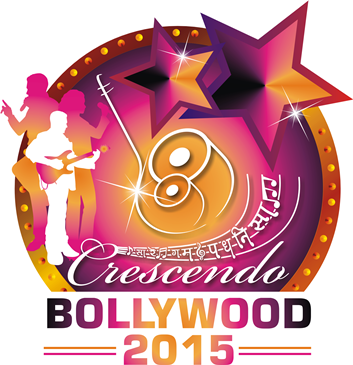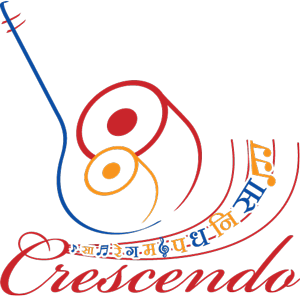| Tabla | |
|---|---|
| Picture | Please login to view this information |
| Instrument Type | Percussion |
| Description | The Tabla is a very important and irreplaceable accompanying percussion instrument in Indian Art music. It has also created a firm niche as a solo instrument. Tabla came into the Hindustani Art music scenario in the early 18th century with the advent of the Khayal form. From then on, it has seen a meteoric rise in technique and popularity. Tabla is a collective name used for the pair of drums it denotes. These drums are placed side by side in front of the player who sits cross legged. They are placed on cloth covered straw rings for a good balance. The drum on the left side is called Bayan or Dugga. It is spherical in shape. The vessel is made of metal or sometimes of clay. It has a broad mouth which narrows down at the base. The other drum, carved from a block of wood, is placed on the right. This is the Tabla or Dayan. The Dayan is narrow at the mouth and broader at the base. Goat skin membranes nearly as wide as the mouths are fixed on top of these drums. This is called Pudi. It has an additional annular ring of leather about 2cms in width around the edges. This ring is called the Chati or Kinar. The rest of the membrane is the Maidaan. The Chati is woven with a leather braid, Gajraa, through which pass leather braces, Badhhi or Vaadi, tied together at the bottom with another leather ring. These braces tighten the membrane on the open mouths. On the leather braid there are 16 holes, Ghar, to which the braces are tied at equal distance giving the instrument equal tension on all points. Small wooden cylinders are inserted underneath these braces - One cylinder underneath two braces. So in all, there are 8 wooden cylinders or Gatta-s. By moving these cylinders up or down with a specialized hammer, rough pitch adjustments are made. Finer adjustments are done by striking the leather braid. The most important and unique feature is Siyahi; the circular coating of iron fillings mixed with carbon, wheat flour paste and glue. This coating, 7cm in diameter, is placed centrally on the Tabla and eccentrically on the Dugga. Siyahi is applied layer by layer. Each layer is polished with a smooth stone and before it dries out, another one is applied. This is a highly specialized process and requires expertise. The total thickness is a judgment call of the Tabla maker. The Tabla is tuned to a distinct tonic note. It can be tuned to the tonic of the Madhya Saptak (middle octave) or the tonic of the Mandra Saptak (lower octave). The Dugga, when used for male vocalists, is tuned to their tonic of the lower Saptak. But when used with female vocalists, it is tuned in the Pancham or Madhyam of their tonic note. Tabla is played with the ends and middle phalanges of the fingers and the palm and the Dugga is played with the balls of the fingers, the flat palm and the base of the hand. The tonal and physical quality of the instrument depends on the materials used and on the expertise of the Tabla maker in making the Pudi and applying the Siyahi. The diameter determines the pitch of the Tabla. So does the thickness of the Siyahi to some extent. Many styles or Gharana-s have developed and flourished over the ages. They have enriched our music greatly by exploring the potentials on the instrument to the fullest. |
| Exponents | Please login to view this information |
|
|



